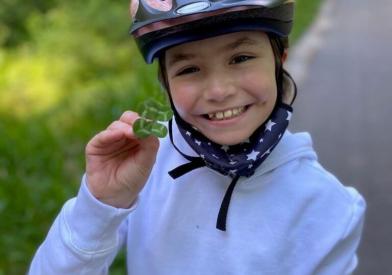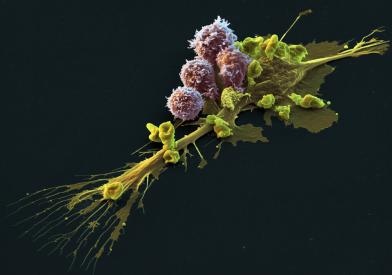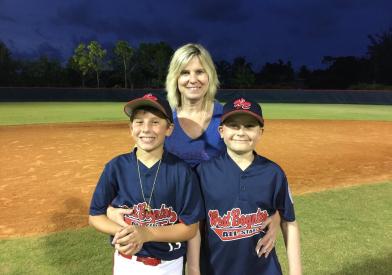About CAR T-Cell Therapy for Childhood Leukemia and Lymphoma
CAR T-cell therapy is a promising new treatment for some of the most challenging childhood leukemia and lymphoma cases. The immunotherapy treatment uses the body's T cells, a type of immune system cell, to eliminate cancer cells.
Researchers and physicians at Dana-Farber/Boston Children's Cancer and Blood Disorders Center are undertaking leading-edge research to advance CAR T-cell therapy in childhood acute lymphoblastic leukemia treatment and childhood non-Hodgkin lymphoma treatment.
CAR T-Cell Therapy for Childhood Acute Lymphoblastic Leukemia (ALL)
KYMRIAH® is a form of CAR T-cell therapy, and is approved by the FDA as the standard of care for some forms of childhood ALL including relapsed ALL.
Find out more about how we treat childhood ALL.
CAR T-Cell Therapy for Childhood Non-Hodgkin Lymphoma
We use KYMRIAH to treat children and young adults with relapsed or refractory large B-cell lymphomas, including:
- Burkitt Lymphoma
- Diffuse large B-cell lymphoma
- High-grade B-cell lymphoma
- Diffuse large B-cell lymphoma arising from follicular lymphoma
Read more about how we treat childhood non-Hodgkin lymphoma.



